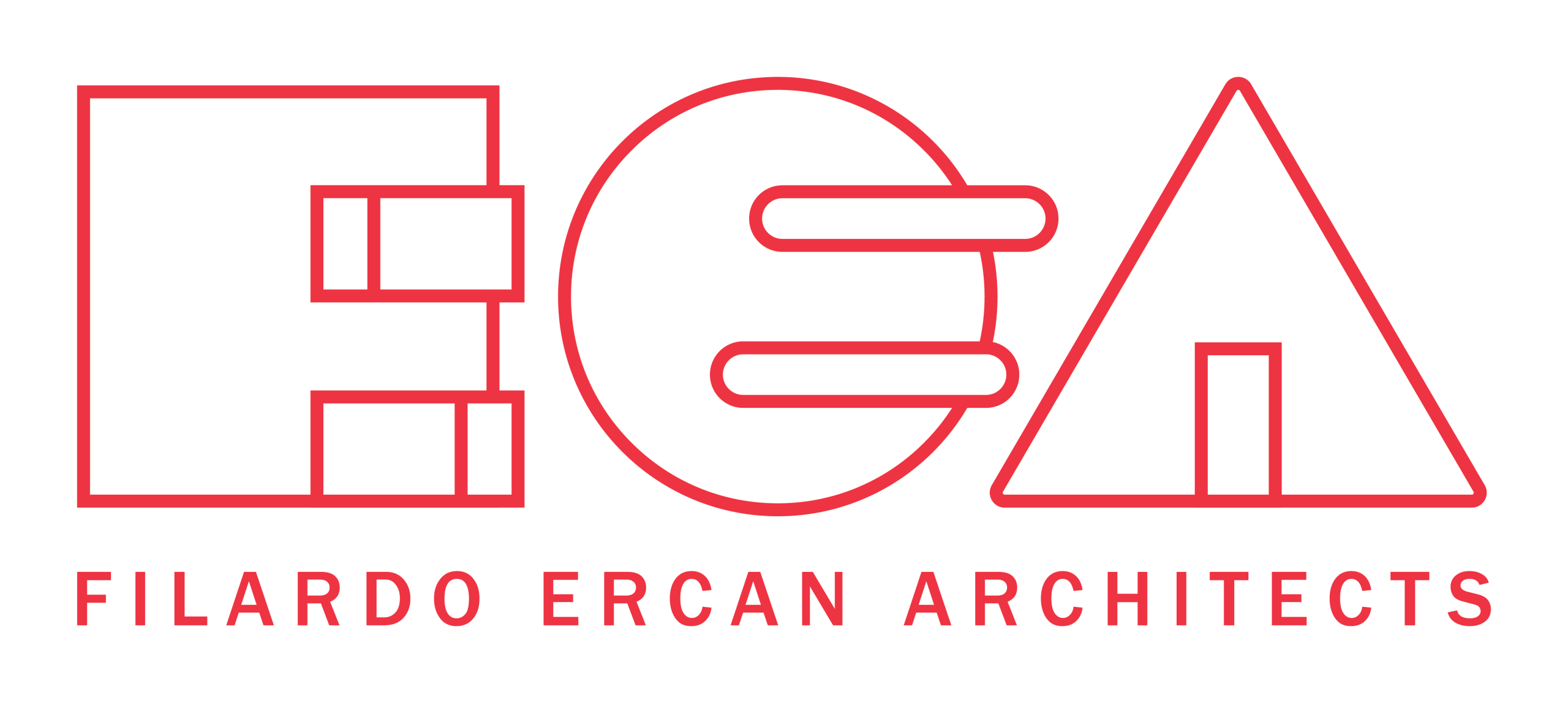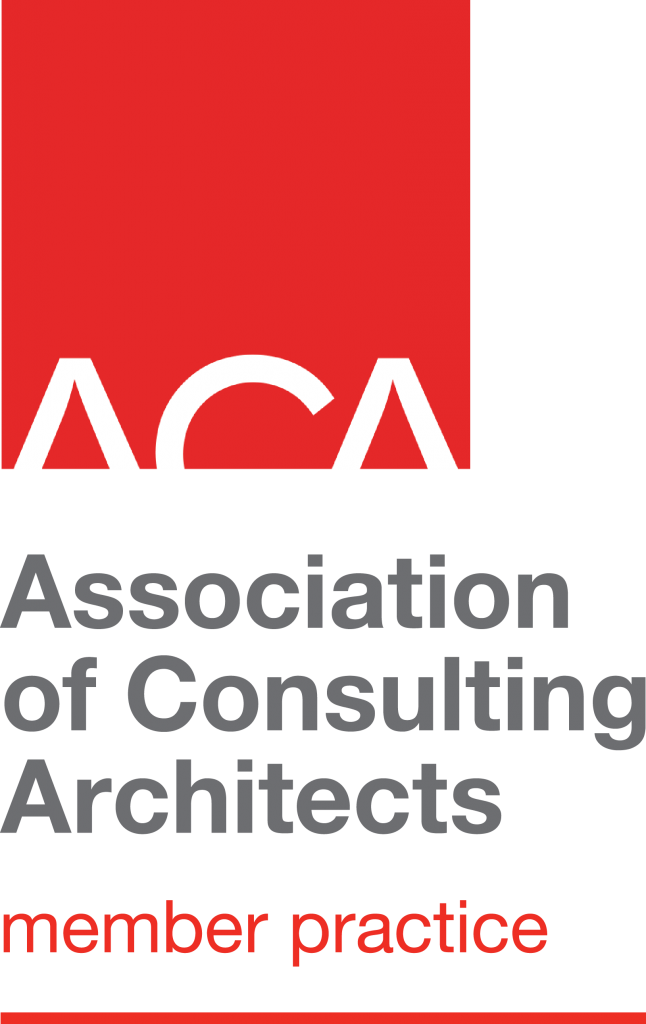Look, I’ve been in this game long enough to know one thing… heritage projects and modern builds? They’re like comparing a delicate restoration of a vintage Ferrari to building a brand new Tesla. Both amazing, both require skill, but oh boy, are they different beasts.
## The Time Factor (Or Why Heritage Takes Forever)
First off, let me be straight with you. Heritage projects take time. Like, **really take time**. While your modern build might zip along with prefab elements and standardized materials, heritage work? That’s a whole different story.
You’re dealing with:
– Materials that haven’t been manufactured in 50+ years
– Craftspeople who actually know how to work with lime mortar (good luck finding those)
– Council approvals that make regular DAs look like a walk in the park
– Surprises. So many surprises. Behind every wall is a mystery waiting to cost you money
## The Detective Work Nobody Talks About
Here’s what kills me – people think architects just draw pretty pictures. But with heritage projects? We become part detective, part archaeologist, part negotiator.
I remember this one project… we spent three weeks just figuring out what the original paint color was. Three weeks! Try explaining that to a client who’s used to picking from a Dulux color chart. But when you’re working with Heritage Council requirements, “close enough” doesn’t cut it.
## Materials: The Real Headache
**Modern projects:** “I’ll take 500 of those standard windows, thanks.”
**Heritage projects:** “We need to find someone who can hand-make 12 sash windows to match the 1890s originals, with the exact same glazing bar profiles.”
See the difference?
And don’t get me started on trying to source Welsh slate or finding someone who can repoint stonework properly. Half the time we’re teaching contractors techniques their grandfathers probably knew.
## The Budget Reality Check
Let’s talk money. Because that’s what everyone really wants to know, right?
Modern builds? You can estimate pretty accurately. Heritage? Add 30% to whatever you think it’ll cost. Then add a bit more for good measure. Why?
– Specialist contractors charge premium rates (because they can)
– Materials often need to be custom-made or imported
– You WILL find problems you didn’t know existed
– Heritage consultants, archaeologists, conservation reports… it adds up
## The Emotional Rollercoaster
Modern architecture is exciting. It’s about possibility, innovation, pushing boundaries. And that’s great – I love it.
But heritage? That’s about respect. It’s about understanding that you’re just a temporary custodian of something that’s outlived generations. It’s humbling. And frustrating. And deeply, deeply rewarding when you get it right.
## The Skills Nobody Teaches in Architecture School
You know what they don’t teach you? How to argue with a heritage officer about whether a particular shade of cream is “historically appropriate.” Or how to explain to a client why they can’t just knock out that wall (it’s been there since 1875, folks).
Heritage work requires:
– Patience of a saint
– Negotiation skills of a diplomat
– Research abilities of a historian
– Budget management skills of a… miracle worker?
## Why Bother Then?
You might be thinking, “Bryce, this sounds like a nightmare. Why would anyone choose heritage work?”
Because when you walk into a heritage building that’s been properly restored, you can feel it. The weight of history. The craftsmanship that we just don’t see anymore. The stories in every beam and brick.
Modern architecture shapes the future. Heritage architecture preserves our past while making it work for today. Both matter. Both require skill. But they’re different games entirely.
## The Canberra Context
Now, working in Canberra? That’s its own special challenge. This city’s got everything from 1920s cottages to brutalist government buildings that someone decided needed heritage listing. Each comes with its own quirks, its own requirements, its own heritage officers who know exactly what they want (even if they can’t quite articulate it).
Firms like Filardo Ercan have to juggle all this while keeping clients happy and projects moving. It’s not easy. But then again, nothing worth doing ever is.
## The Bottom Line
Heritage projects aren’t just different from modern ones – they’re a completely different discipline. They require different skills, different approaches, different mindsets. They take longer, cost more, and will test your patience in ways you never imagined.
But they also connect us to our past in a way that no modern building ever can. And in a world that’s changing faster than ever, maybe that’s worth preserving.
Even if it means arguing about paint colors for three weeks.



